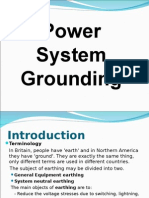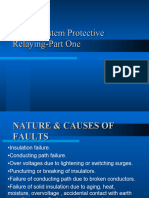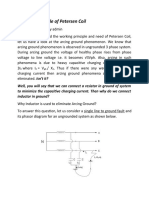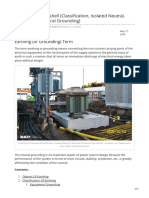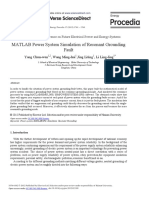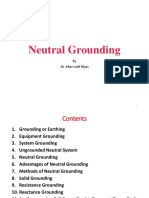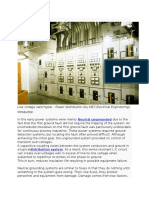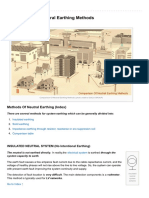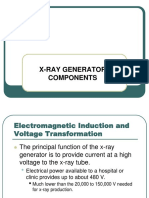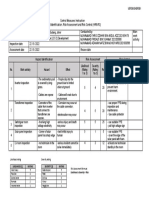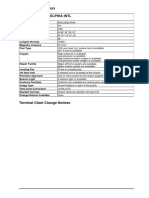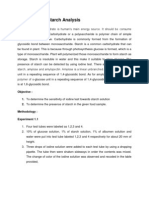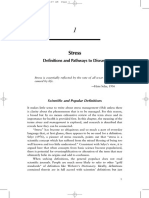0% found this document useful (0 votes)
49 views22 pagesGrounding
The document discusses different methods of earthing or grounding electrical systems including neutral earthing, solid grounding, resistance grounding, reactance grounding and resonant grounding. It explains the principles, advantages and disadvantages of each method.
Uploaded by
Soham LohiyaCopyright
© © All Rights Reserved
We take content rights seriously. If you suspect this is your content, claim it here.
Available Formats
Download as PDF, TXT or read online on Scribd
0% found this document useful (0 votes)
49 views22 pagesGrounding
The document discusses different methods of earthing or grounding electrical systems including neutral earthing, solid grounding, resistance grounding, reactance grounding and resonant grounding. It explains the principles, advantages and disadvantages of each method.
Uploaded by
Soham LohiyaCopyright
© © All Rights Reserved
We take content rights seriously. If you suspect this is your content, claim it here.
Available Formats
Download as PDF, TXT or read online on Scribd
/ 22




